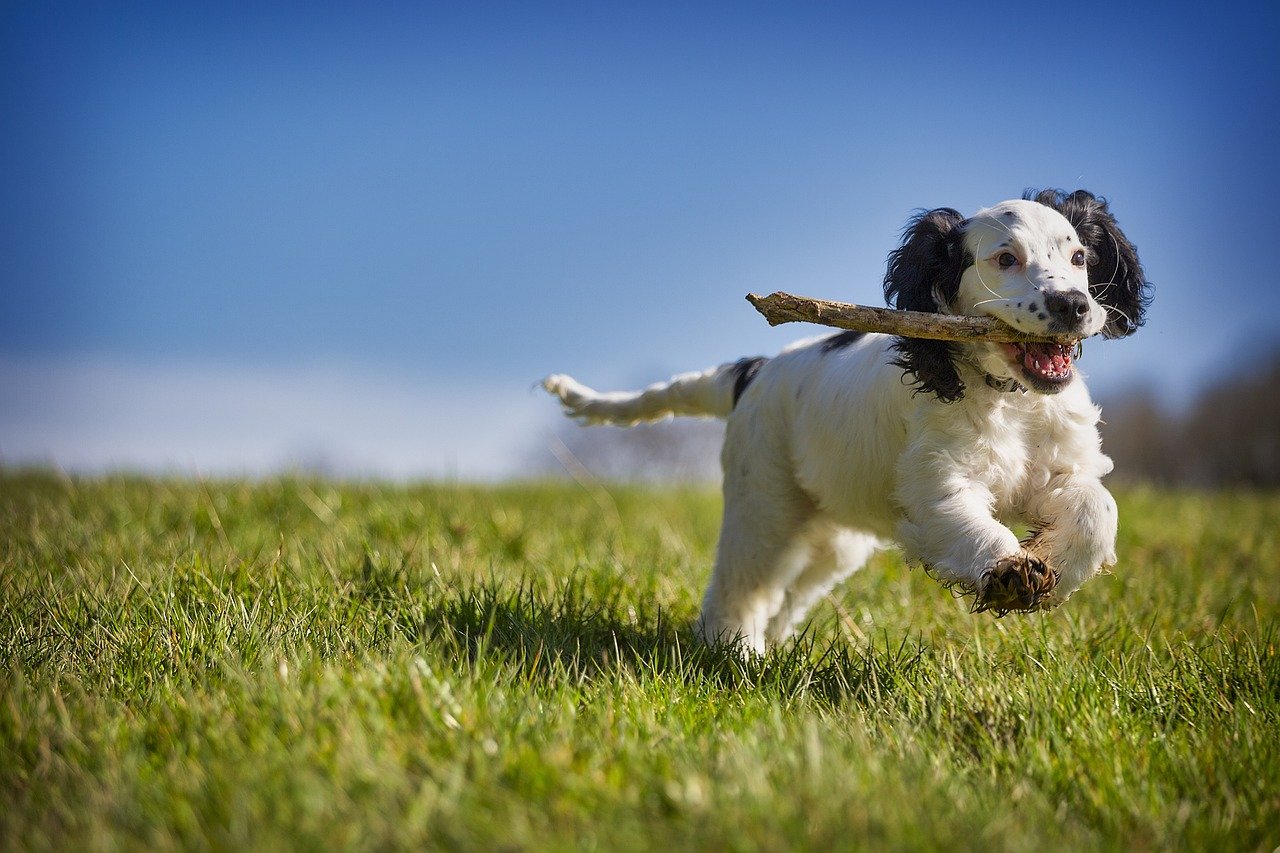There’s nothing quite like the moment a rescue dog first looks at you with hope in their eyes. It’s electrifying, emotional, and, if we’re honest, a little overwhelming. Bringing a rescue dog home is one of the most rewarding challenges you can take on. These dogs often carry invisible suitcases packed with memories—some joyful, some haunting. But with patience and love, you can help unpack their fears and replace them with joy. If you’ve ever wondered how to truly make your rescue dog happy, you’re in the right place. Let’s walk through these ten essential steps that can transform your rescue pup’s world—and yours.
Create a Safe Haven at Home
Every rescue dog needs a personal safe space, a cozy corner where they can retreat when the world feels a bit too loud. Think of it as their own bedroom, a place that’s just for them. You might use a soft bed, a crate with an open door, or even a quiet nook with their favorite blanket. This spot should always be accessible and free from loud noises or constant foot traffic.
It’s amazing how much confidence a dog can gain from knowing they have a place that’s all their own. Over time, you’ll notice your dog gravitating there whenever they need a breather. Avoid forcing them out or disturbing them when they’re in their haven. This simple gesture teaches them that home is safe and predictable, laying the foundation for trust and happiness.
Establish a Consistent Routine
Dogs, just like people, thrive on routine—especially rescue pups who may have come from unpredictable backgrounds. Feeding, walks, playtime, and bedtime should happen at roughly the same times each day. Predictability helps soothe anxious minds and gives your dog something to look forward to.
If your schedule changes, try to make transitions gradual. For example, if you need to adjust feeding times, do it in small increments rather than all at once. Routines help rescue dogs adjust to their new environment and start to trust that their needs will always be met. Over time, your dog will begin to anticipate fun moments and feel secure in your care.
Use Gentle, Positive Reinforcement
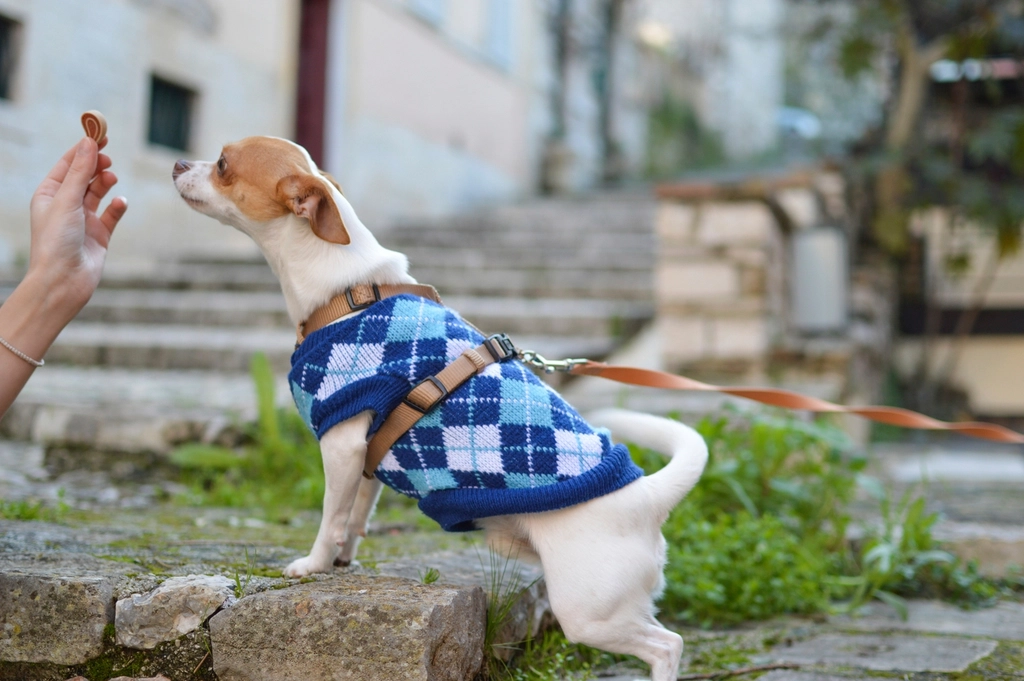
Forget the old-school “alpha dog” training methods—rescue dogs respond best to positive reinforcement. This means praising good behavior with treats, kind words, or a favorite toy. When your dog sits politely, comes when called, or even just looks at you with those big eyes, reward them. They’ll quickly learn which actions bring about the happiest results.
Avoid punishment or harsh corrections, as these can reignite old fears and slow down progress. Instead, redirect unwanted behavior and focus on what they’re doing right. Positive reinforcement builds a bridge of trust between you and your dog, making them feel valued and understood.
Prioritize Socialization, But Go Slow
Socialization is crucial, but for rescue dogs, it’s about quality, not quantity. You don’t need to throw them into a crowded dog park right away. Instead, introduce your dog to new experiences, people, and gentle animals at a comfortable pace. Watch for signs of stress, like tucked tails or cowering, and never force an interaction.
Try inviting one calm friend over for a visit or taking your dog on quiet walks in new neighborhoods. Each positive encounter helps your dog build confidence and learn that the world isn’t as scary as it once seemed. Over time, these small steps will open up a whole new world for your rescue buddy.
Provide Mental Stimulation and Enrichment
A bored dog is often an unhappy dog. Rescue pups, especially, can benefit from games, puzzles, and new experiences that challenge their minds. Try hiding treats around the house for a scavenger hunt, offering puzzle toys, or teaching simple tricks like “paw” or “spin.” These activities aren’t just fun—they’re confidence boosters.
Mental stimulation can also help ease anxiety. When your dog is focused on a task, their mind is less likely to wander into worried territory. Rotate toys, vary your routes on walks, and introduce new scents and textures. You’ll be amazed at how a curious, engaged mind leads to a happier, more balanced dog.
Ensure Plenty of Physical Exercise
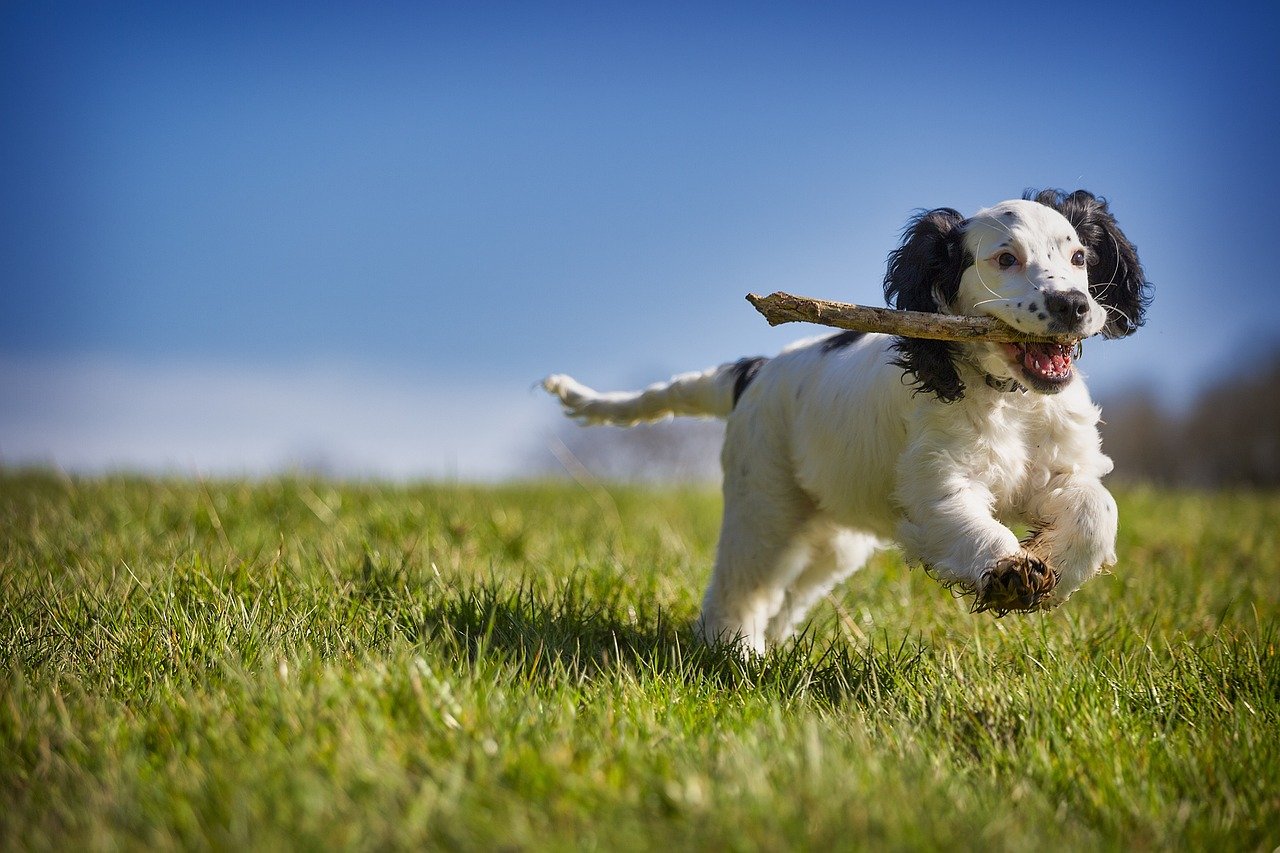
Exercise isn’t just about burning energy—it’s about joy. Daily walks, romps in the yard, or even gentle games of fetch can work wonders for a rescue dog’s mood. The fresh air, sights, and smells all provide positive sensory input and help release pent-up stress.
Adjust the level of exercise to your dog’s needs and health. Some rescue dogs may be timid or out of shape at first, so start slow and gradually build up stamina. Every outing is a chance for your dog to explore, bond with you, and feel alive. Remember, a tired dog is often a content and relaxed dog.
Feed a Nutritious, Balanced Diet
A well-fed dog is a happy dog, and nutrition plays a huge role in mood and health. Choose high-quality food that matches your dog’s age, size, and activity level. If you’re unsure, ask your vet for recommendations. Fresh water should always be available, and treats should be healthy and used in moderation.
Some rescue dogs have sensitive stomachs due to previous neglect. Introduce new foods slowly and watch for any signs of digestive upset. Feeding the right food can improve coat condition, energy levels, and even behavior. A healthy dog feels good from the inside out, and it shows in every wag and smile.
Schedule Regular Vet Checkups
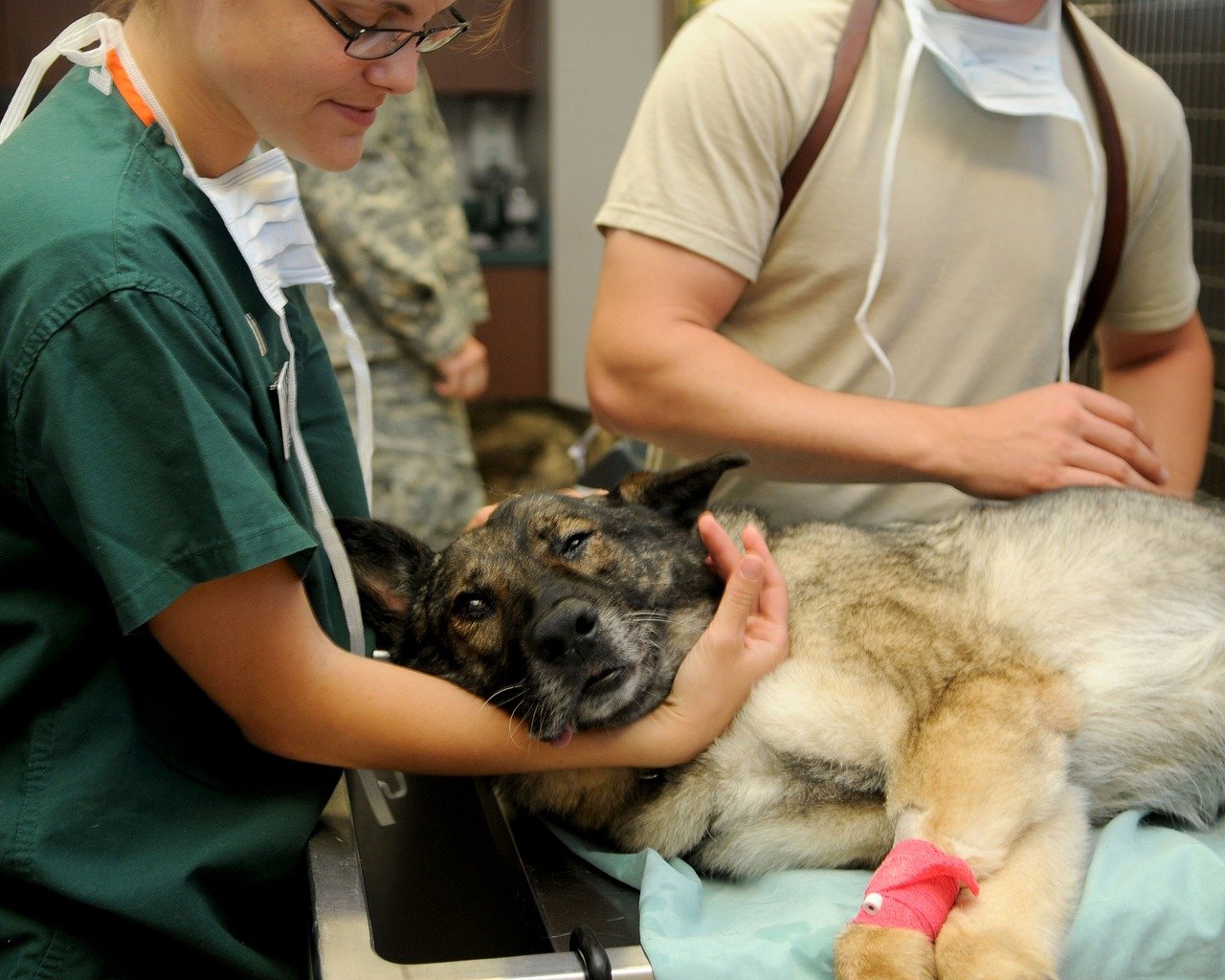
Health is happiness, plain and simple. Rescue dogs often arrive with hidden health issues—from dental disease to skin problems or old injuries. Regular checkups help catch issues early and ensure your dog is feeling their best. Vaccinations, parasite prevention, and dental care should all be part of your routine.
Don’t forget about mental health, either. If your dog seems unusually anxious or withdrawn, talk to your vet. Sometimes, medical issues can look like behavioral problems. Keeping up with vet visits is a concrete way to show your rescue dog that you’re invested in their long-term happiness.
Practice Patience and Celebrate Small Wins
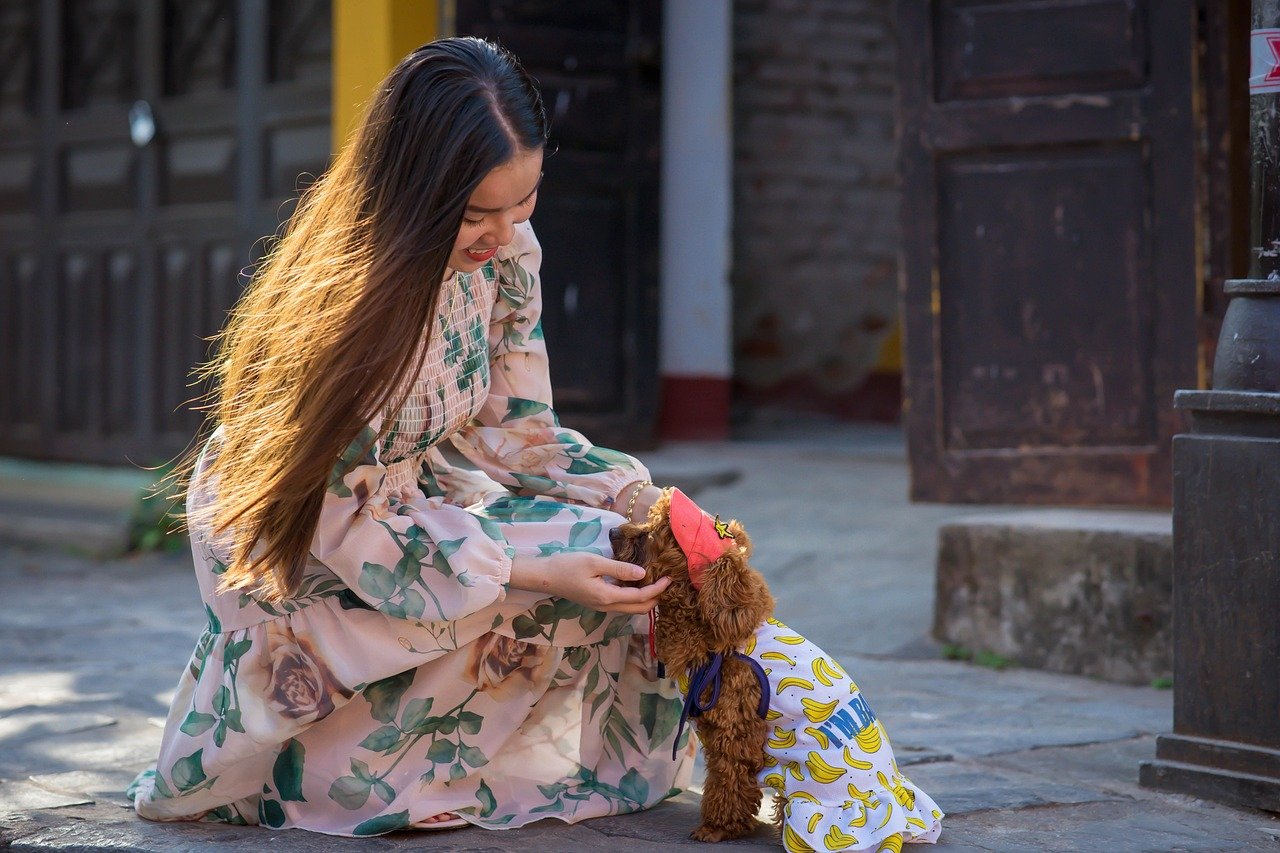
Rescue dogs need time to adjust, and progress can be slow—sometimes painfully so. Celebrate every little victory, whether it’s a wagging tail, a brave step outside, or a peaceful nap in your lap. These moments might seem small, but they’re mountains to your dog.
Patience is your secret weapon. Try not to compare your rescue dog to others or expect instant transformation. Each dog has their own timeline for healing and learning to trust. By focusing on the journey rather than the destination, you’ll find joy in the tiniest steps forward.
Shower Them with Love and Affection
At the end of the day, nothing matters more to a rescue dog than knowing they’re loved. Gentle pets, soothing words, and quiet time together build a deep, unshakeable bond. Learn to read your dog’s signals—some might crave cuddles, while others prefer sitting quietly by your side.
Love isn’t just about physical affection; it’s about being present and attentive. Notice the little things that make your dog happy and do more of them. When your rescue dog realizes they’re finally home, safe, and cherished, you’ll see happiness blossom in their eyes like the first rays of sunshine after a storm.
Helping your rescue dog thrive is a journey built on trust, patience, and love. By following these 10 essential steps—from creating a safe space to establishing routines and offering gentle guidance—you’re giving your dog the chance to heal, bond, and truly feel at home. Every positive step you take brings them closer to the happy, confident life they deserve. Remember, progress may be gradual, but the rewards are lasting. With your support, your rescue dog won’t just adjust—they’ll flourish.

Esther is from India; the heartbeat of South Asia, holding a Master’s degree in Zoology and a postgraduate diploma in Animal Welfare. Her enthusiasm for animal welfare drives her passion and dedication to working for animals, ensuring their well-being, and advocating for their rights. With a solid academic background and hands-on experience, she is committed to making a positive impact in the field of animal welfare. In her free time, she enjoys embroidery and sewing. As a Chennaite from Tamil Nadu, Esther loves Bharathanatyam, an Indian classical dance form.

